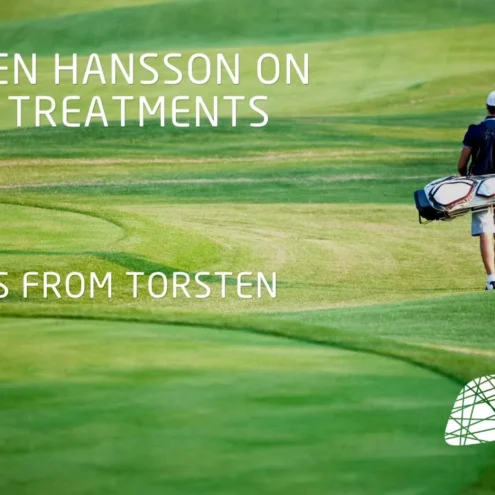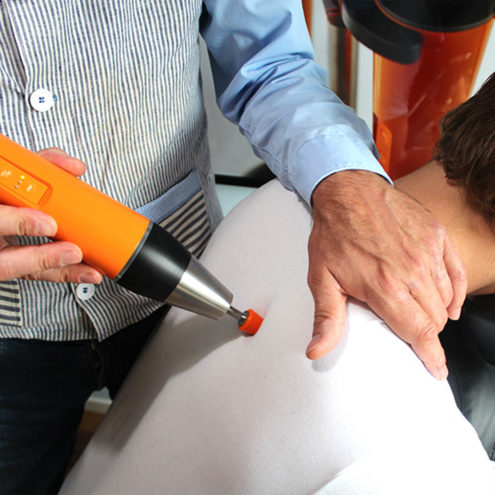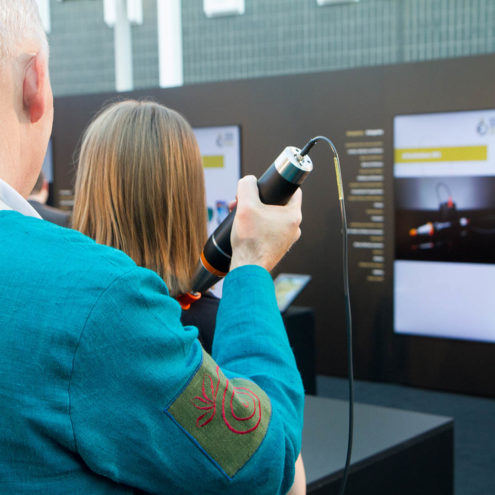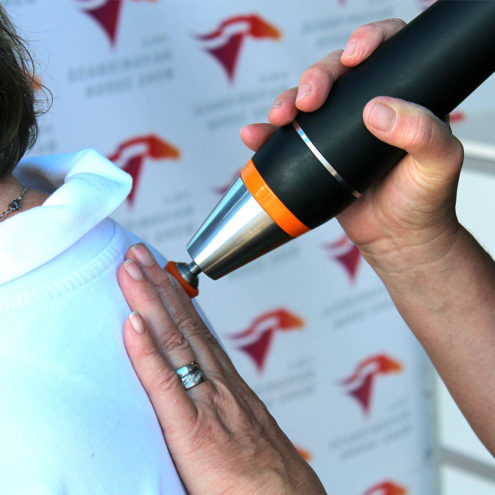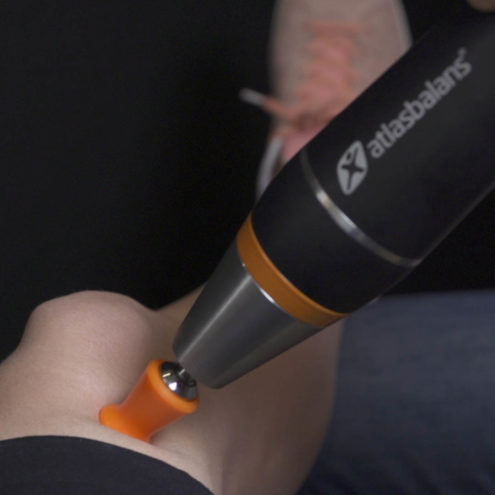Sprained Thumb: Symptoms and Treatment

A sprained thumb can be terribly painful and also cause limited hand function. A quick recovery requires an understanding of the symptoms and the treatment options available. In this article, we will discuss what a sprained thumb is, the causes of the injury, the symptoms and how to treat it effectively. We will also explore how the FasciaClinics can help you during the healing process.
What does it mean to sprain your thumb?
Description and characteristics of a thumb sprain, where the ligaments around the thumb are overstretched or damaged
A thumb sprain means that one or more ligaments around the thumb have been overstretched or damaged. Ligaments are strong, collagen-rich bands of connective tissue that link the bones in our joints. As well as connecting them, they also help to stabilize the joints and control their movements. When the thumb is subjected to a sudden or unusual movement, the ligaments can overstretch or break, leading to pain and instability. Sprains can vary in severity, from mild strains to severe injuries involving complete tears of the ligaments.
Common causes of thumb sprains, such as twisting or bending the thumb in an unusual way
There are several common causes of thumb sprains, including:
Accidents and falls: Falling and landing on your hand can cause your thumb to bend backwards or sideways.
Sports injuries: Sports activities involving the hands, such as skiing, basketball or volleyball, have a higher risk of sprains. For example, skiers can suffer from ‘skier’s thumb’ when their thumb gets caught in the ski pole strap.
Sudden movements: A rapid twisting or bending of the thumb, especially when it is in an extended position, can cause a sprain.
Overloading: Repeated movements or overloading of the thumb can lead to overstretching of the ligaments and cause damage over time.
Symptoms of a sprained thumb
Pain, swelling and tenderness in the thumb at the time of injury
The most immediate symptom of a sprained thumb is the pain that occurs at the time of injury. The pain can be sharp and intense, especially when moving or straining the thumb. Swelling and tenderness in the area around the thumb is also common. This swelling can limit the range of motion, making it difficult to use the thumb normally.
Limited mobility or difficulty bending or extending the thumb normally
A sprained thumb can lead to limited mobility. Not being able to bend or extend the thumb can affect one’s ability to grip and other daily activities that require the use of the hand, such as writing. The damaged ligaments can also make movements feel unstable.
Any bruising or redness around the injured part of the thumb
Bruising or redness may occur around the injured part of the thumb. This is due to bleeding under the skin as a result of the injury to the ligaments. Bruising can spread to adjacent areas and may be a sign of a serious injury.
Treatment of a sprained thumb
Rest and avoidance of activities that can irritate the injured thumb
The first step in treating a sprained thumb is to rest and avoid activities that could aggravate the injury. It is important to give the thumb time to heal by minimizing the strain on it.
Application of ice and compression to reduce swelling and relieve pain
Applying ice to the injured area can help reduce swelling and relieve pain. Ice should be applied for 15-20 minutes several times a day for the first 48 hours after the injury. Use a towel or ice pack to protect the skin from direct contact with the ice. Compression with an elastic bandage can also help control swelling and provide support for the thumb.
Immobilization with wrapping or use of a thumb rest to protect and stabilize the thumb if necessary
To further protect and stabilize the thumb, immobilization using wrapping or a thumb rest may be necessary. This can help prevent further damage and facilitate the healing process. A thumb rest or splint keeps the thumb in a neutral position and limits movement, giving the ligaments time to heal properly.
How can we help you with your sprained thumb?
At the FasciaClinics, we specialize in seeing and treating the body from a holistic perspective. We perform fascia treatments, a highly effective wellness treatment that focuses on treating and maintaining the fascia in our body.
Fascia is the network of connective tissue that binds and permeates everything in our body. All cells, tissues (even bone), muscles and organs contain fascia. Fascia is also very rich in free pain receptors, known as nociceptors, which respond to stimuli such as pressure and send signals to the central nervous system where they are interpreted as pain.
Fascia treatment focuses on releasing tension and adhesions in the fascia and increasing its flow. This allows us to have an improved mobility of the body with less pain and improved self-healing.
During a visit, we analyze the whole body to see where compensations and imbalances are and how they have spread. If there is an imbalance in the body, there is a risk that they will spread and affect other structures. That’s why it’s very important to seek help quickly as soon as you experience any symptoms.
Our goal is to restore function, reduce pain and improve your quality of life. Contact us to book an appointment and take the first step towards a pain-free thumb.
For more information about our services and how we can help you with a sprained thumb, visit our FasciaClinics website. Here you will also find resources and articles on hand and thumb injuries and other related topics that may be helpful to you.
In conclusion, a sprained thumb is a common and often painful injury that requires careful treatment and rehabilitation. By understanding the causes, symptoms and treatment methods, you can effectively manage and relieve your pain. At the FasciaClinics, we are here to support you every step of the way towards recovery and an active life without pain.
 Search
Search





















